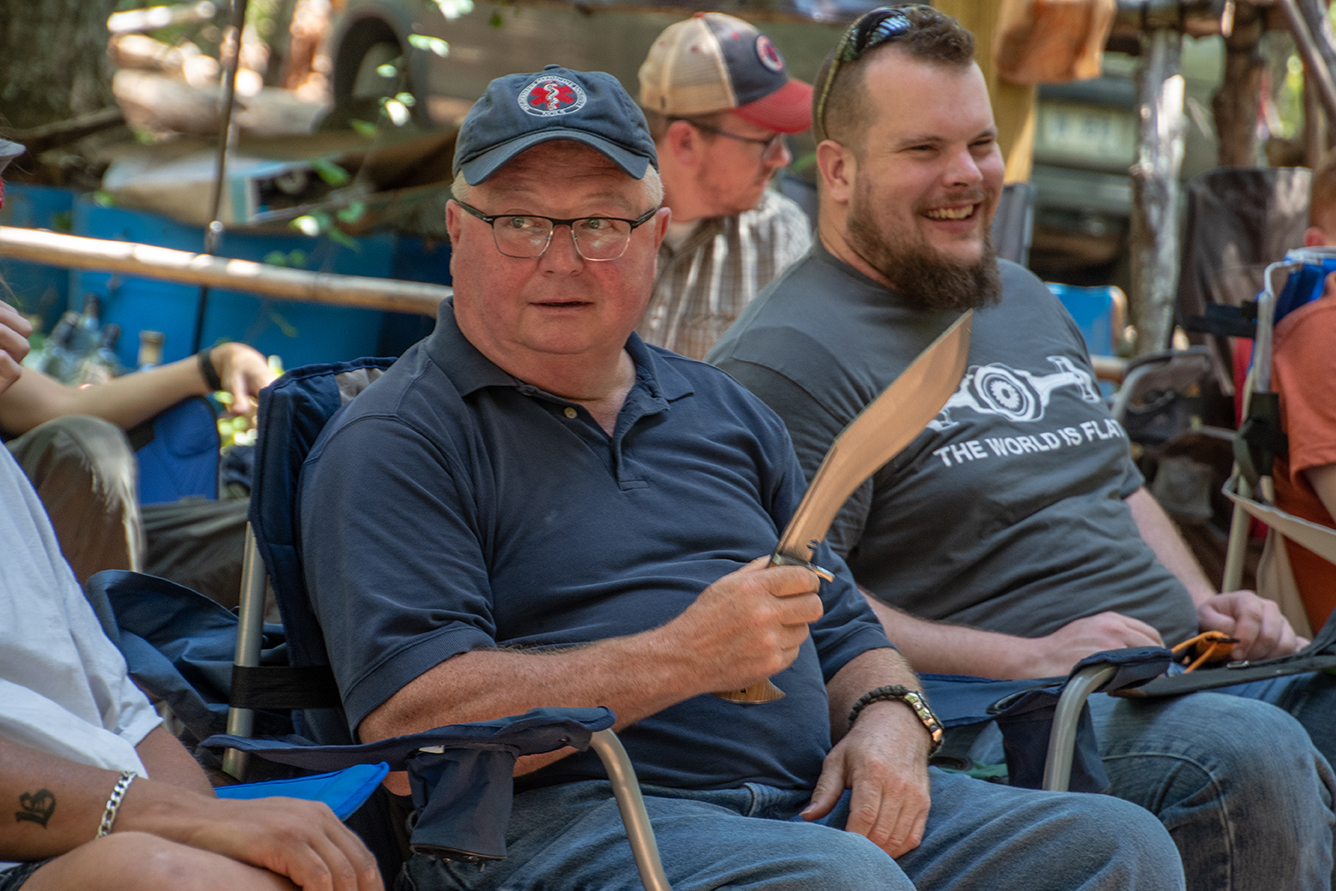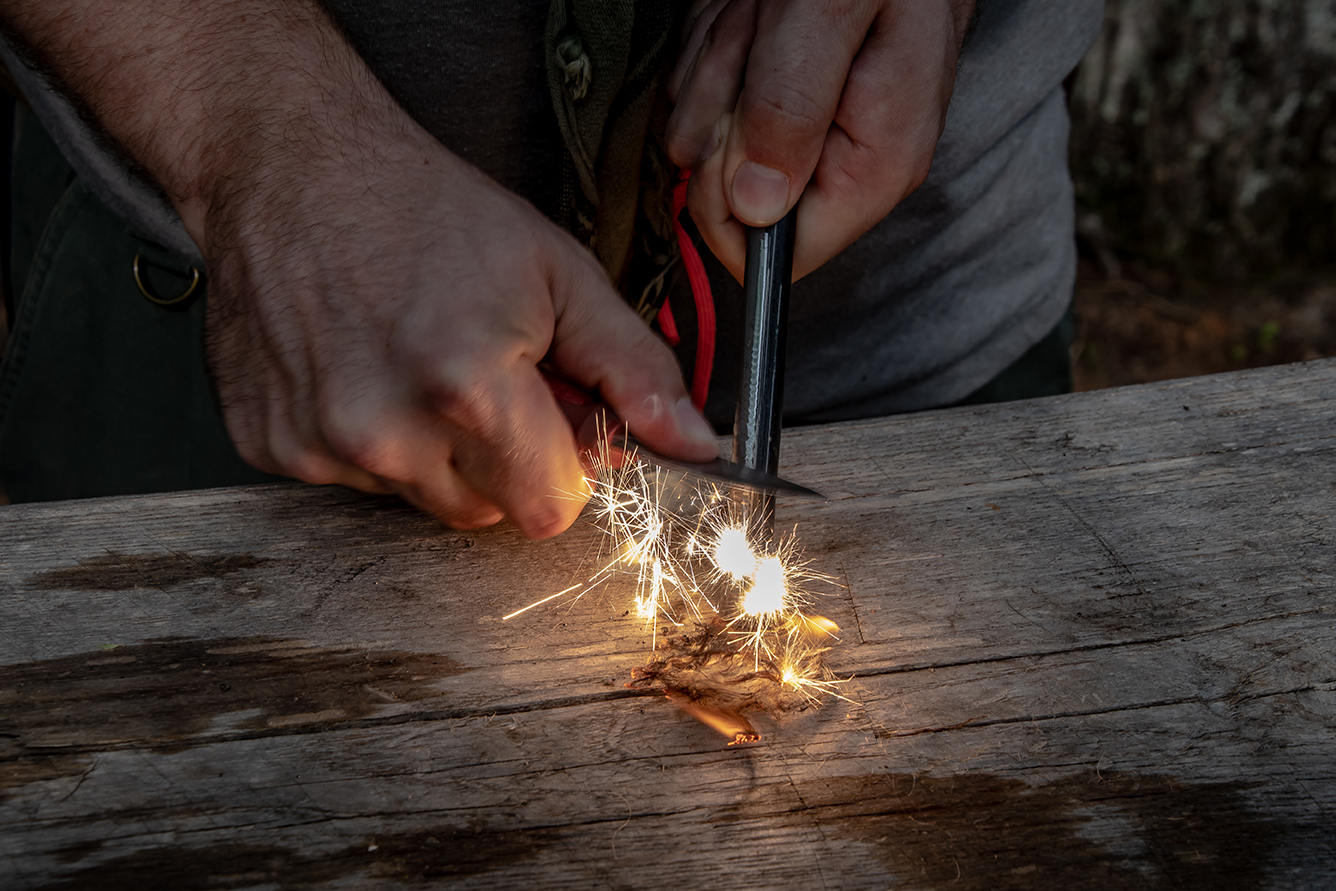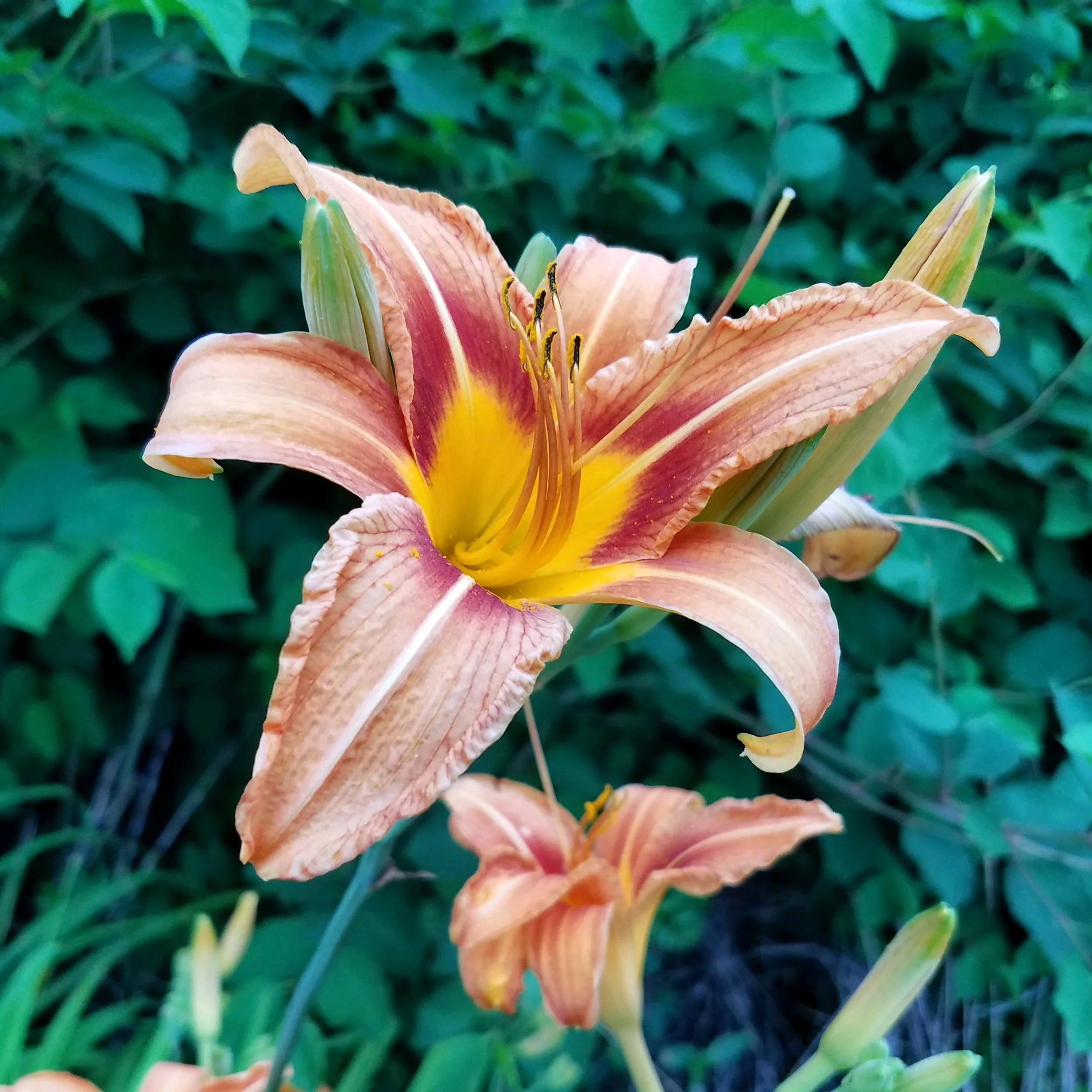“These Things we do, That Others May Live.”
These eight words, the international motto of the search & rescue community, are also the foundation of our guiding principles. The preservation and celebration of life is our highest value, and our reason for existence.

Empowerment is who we are and what we do. Watch this video to learn more about the SARCRAFT story.
SARCRAFT Blog Posts
This week’s plant for #WildEdibleWednesday is Rhus typhina, or Staghorn Sumac. Dramatic and exotic-looking with its bright red fruiting bodies, sumac is part of the Anacardiaceae family of plants that includes cashews, mangoes, and pistachios, as well as Brazilian pepper, poison ivy, and poison oak.
“Need water but can't locate a good source? In certain areas (rarely in the Eastern Woodlands, but it happens) you might be a good ways away from a creek or stream, or it might be a time of drought and sources may be dried up. If that's your situation, consider the vine.”
Today’s plant for #WildEdibleWednesday is Pycnanthemum incanum, or Mountain Mint. This is a powerhouse of a plant that’s one of the “universal medicinals” – it’s one of the few plants that’s at least somewhat useful for nearly every illness or ailment… even, as we’ll see, allegedly raising the dead.
“One of the most maddening things about a finishing up a woodcarving project is the wait for it to cure out. Will it crack? Will it stay intact? Who knows?”
“If you’ve ever taken one of our courses at SARCRAFT, there’s a 100% chance we’ve at least mentioned Plantain, if not shown you how to use it. We’ve always said that if you’re going to learn one edible and medicinal plant, it should be this one.”
“One of the most important, yet most neglected, aspects of wilderness living is personal hygiene. In our experience, most guys behave like unwashed heathens in the woods and won't shower, shave, or brush their teeth for weeks at a time if they don't have to, but that's a recipe for trouble.”
“Henbit season is actually tapering off – it prefers cooler temperatures and rarely thrives in the hottest parts of summer except in cool, moist areas. But it’s still out there, so if you want to try it this year, get it while the getting’s good! Like so many of the plants we’ve covered, check your lawn first.”
“Primitive shelters ain't all they're cracked up to be. If you've studied many "survival tips" websites or quick reference guides, you get the impression that simple debris huts are all you need to stay warm and dry in any conditions. If you've ever slept in one, though... well, that's a different matter.”
“So named because the flowers bloom and die in a day, it’s probably a familiar plant to most of us. I think almost everyone had a grandmother who grew them in her garden, and even if not, you’ve certainly seen them on summer roadsides. They bring back happy memories for me of speeding down unkempt backroads in early summer with the windows rolled down…. “












Kudzu is a fairly recent addition to the Southern landscape. We all know it’s invasive, but how exactly did it get here? Ironically, kudzu is a rare and treasured plant in its native Japan. It’s cultivated as an ornamental vine in gardens and prized for its purple blooms.